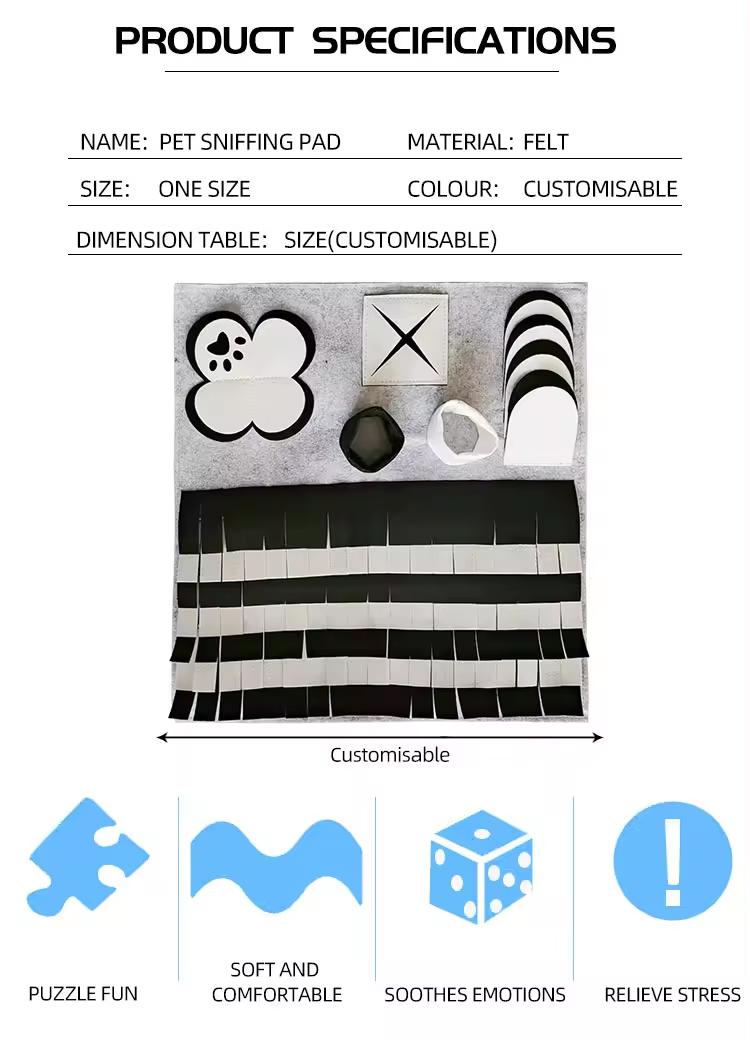The Versatility and Benefits of Acoustic Felt
Acoustic felt is a specialized material renowned for its sound-absorbing properties and versatility in various applications. It has gained popularity in recent years in both residential and commercial environments, transforming spaces and significantly improving acoustics. This article will delve into the characteristics, benefits, and diverse applications of acoustic felt while highlighting its impact on modern design and lifestyle.
What is Acoustic Felt?
Acoustic felt is crafted from natural or synthetic fibers, typically wool, polyester, or a blend of various materials. It is designed to reduce sound reflection and improve sound quality within a space. The material is dense yet lightweight, allowing it to be both effective and flexible in application. Its structure features a porous, fibrous configuration, which helps to trap sound waves, thereby minimizing reverberation and echo.
Sound Absorption Properties
One of the defining features of acoustic felt is its remarkable sound absorption capabilities. It can significantly dampen unwanted noise, making it particularly useful in environments that require quiet or focused acoustics. The effectiveness of acoustic felt is often quantified using the Noise Reduction Coefficient (NRC), a rating that indicates how much sound a material can absorb. Acoustic felt typically achieves high NRC ratings, making it one of the leading choices for soundproofing and noise control solutions.
Benefits of Acoustic Felt
1. Improved Acoustics Acoustic felt minimizes echoes and reverberation, creating a more pleasant auditory environment. This is particularly beneficial in spaces like recording studios, offices, schools, and restaurants where clear communication and sound clarity are essential.
2. Aesthetic Appeal Beyond functionality, acoustic felt is available in a variety of colors, textures, and designs. This versatility allows designers and architects to incorporate it seamlessly into their projects, enhancing both auditory and visual aesthetics. Whether used as wall panels, ceiling tiles, or decorative elements, acoustic felt can complement any interior design style.
3. Sustainability Many acoustic felt products are made from recycled materials or natural fibers, making them an eco-friendly option. By choosing sustainable acoustic solutions, businesses can contribute to environmental preservation while enjoying the benefits of improved acoustics.
acoustic felt

4. Thermal Insulation In addition to its sound-absorbing properties, acoustic felt can also provide thermal insulation. This helps to regulate indoor temperatures and contribute to energy efficiency, a significant consideration for both residential and commercial buildings.
5. Easy Installation Acoustic felt is relatively straightforward to install. It can be applied to walls, ceilings, and even floors without the need for extensive construction work. This ease of application makes it a preferred choice for renovations, where minimizing disruption is crucial.
Applications of Acoustic Felt
1. Commercial Spaces Many businesses are utilizing acoustic felt in office environments to reduce noise levels, thereby enhancing productivity. Open-concept offices, in particular, benefit from the installation of acoustic panels and partitions made from felt, creating quieter zones for focused work.
2. Educational Institutions Schools and universities use acoustic felt to create conducive learning environments. Acoustic treatments in classrooms, lecture halls, and auditoriums help to diminish background noise, allowing students to engage more effectively.
3. Public Spaces Restaurants, bars, and cafes are increasingly adopting acoustic felt to improve the dining experience. By controlling noise levels, these establishments can create inviting atmospheres that encourage conversation without overwhelming patrons.
4. Residential Homes Homeowners are recognizing the benefits of acoustic felt for personal spaces such as home theaters, nurseries, and playrooms. By incorporating acoustic treatments, they can create serene environments where sound quality is paramount.
Conclusion
In an increasingly noisy world, the demand for effective sound management solutions is higher than ever. Acoustic felt emerges as a leading material in this arena, combining exceptional sound-absorbing properties with aesthetic versatility and sustainability. Its diverse applications span commercial, educational, and residential spaces, making it an invaluable asset for any environment aiming to enhance acoustics and overall comfort. As modern design continues to prioritize both functionality and aesthetics, acoustic felt remains a key player in shaping how we experience sound in our daily lives.
